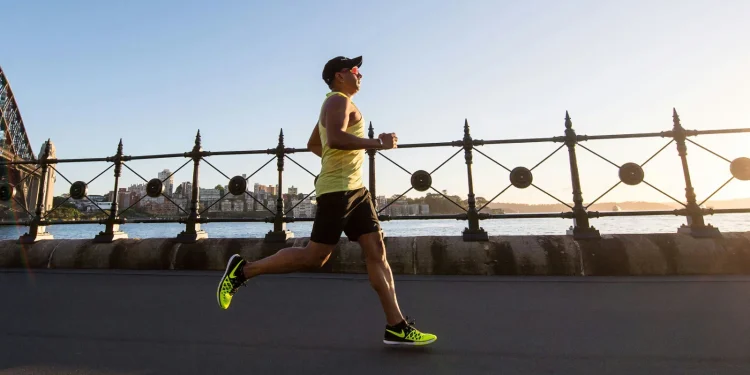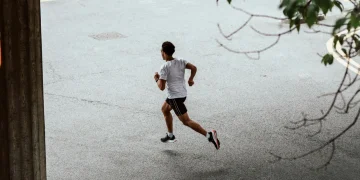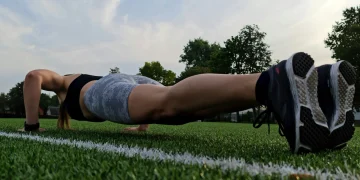About 85% of running-related overuse injuries affect only one side of the body at a time. Understanding what causes these issues is essential for maintaining a long and healthy running career. A common source of these injuries is a leg length discrepancy, which can fall into one of two main categories—each requiring different treatment approaches.
1. Structural Leg Length Difference
- This refers to an actual difference in bone length.
- It typically affects the tibia and fibula, though sometimes the femur is involved.
- The most accurate way to diagnose it is through an x-ray, but simple at-home tests can help identify it:
Test 1: If your knees are at different heights when sitting or lying down…
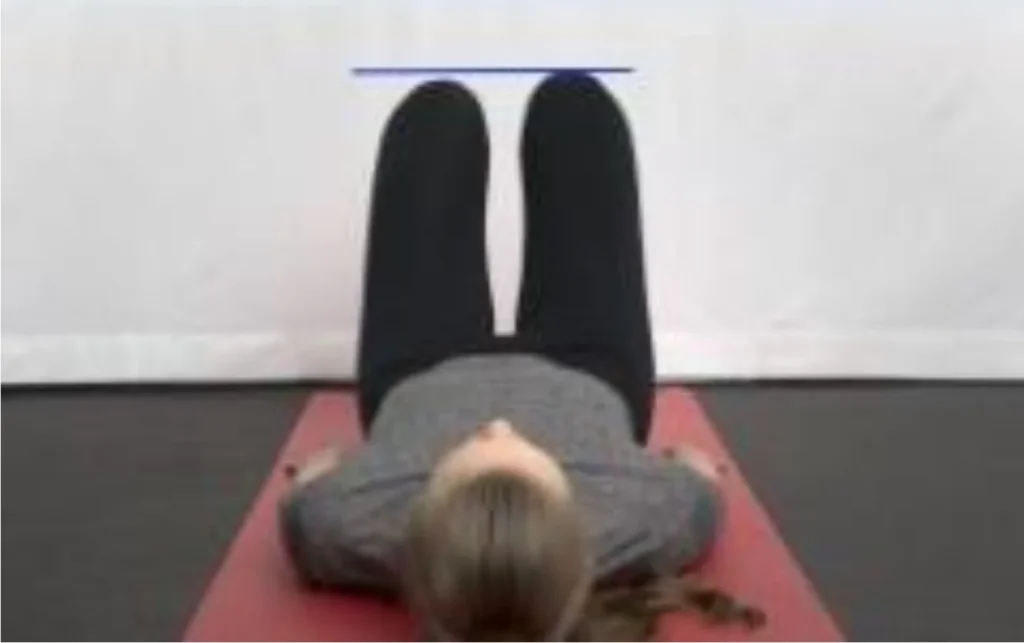
Test 2: If your kneecaps line up but your ankles don’t (or vice versa)…
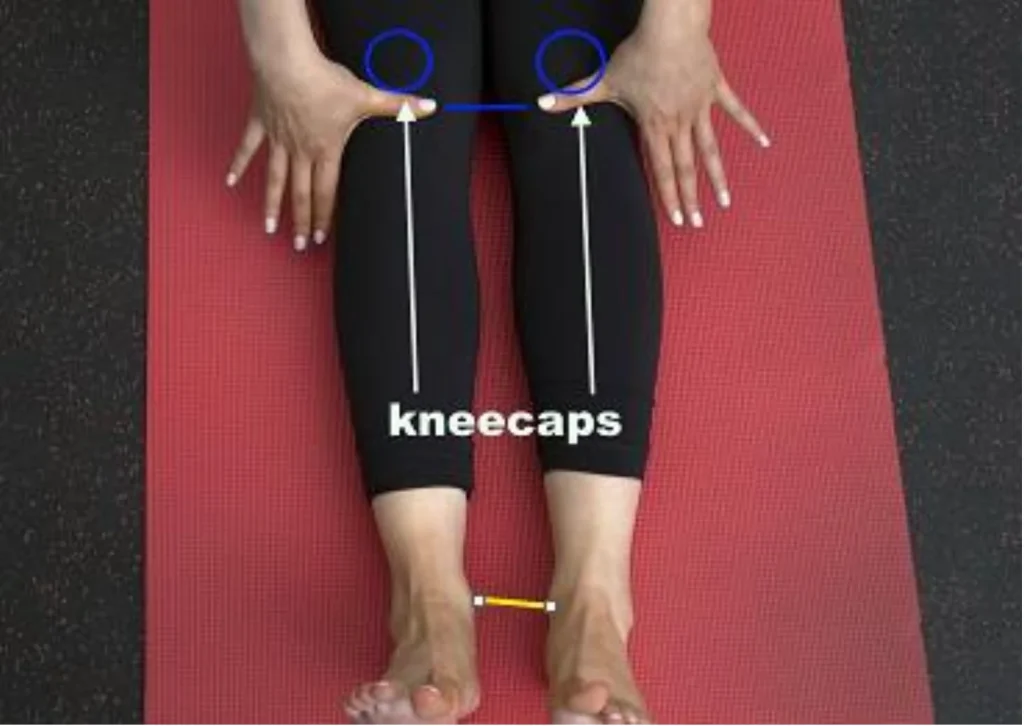
If your knees and ankles are misaligned in opposite ways, it likely points to a structural difference.
2. Functional Leg Length Difference (More Common)
- The bones are the same length, but one hip may be tilted or rotated differently than the other.
- In Test 2, both the knees and ankles are off—but by the same amount—which indicates a functional difference.
What to Do Next
- Structural differences are typically addressed with orthotic inserts or modified footwear to compensate for the bone length variation. Note: While orthotics can help, they may change your mechanics and bring new risks. Strengthening and balancing your musculoskeletal system can sometimes reduce the need for orthotics.
- Functional differences are best corrected by improving muscle balance, flexibility, and movement in the hips and surrounding tissues.
Special Case: Scoliosis
People with scoliosis may also show signs of a leg length discrepancy due to the tilt caused by spinal curvature. Though unique, this condition is often treated similarly to a structural leg length difference.

